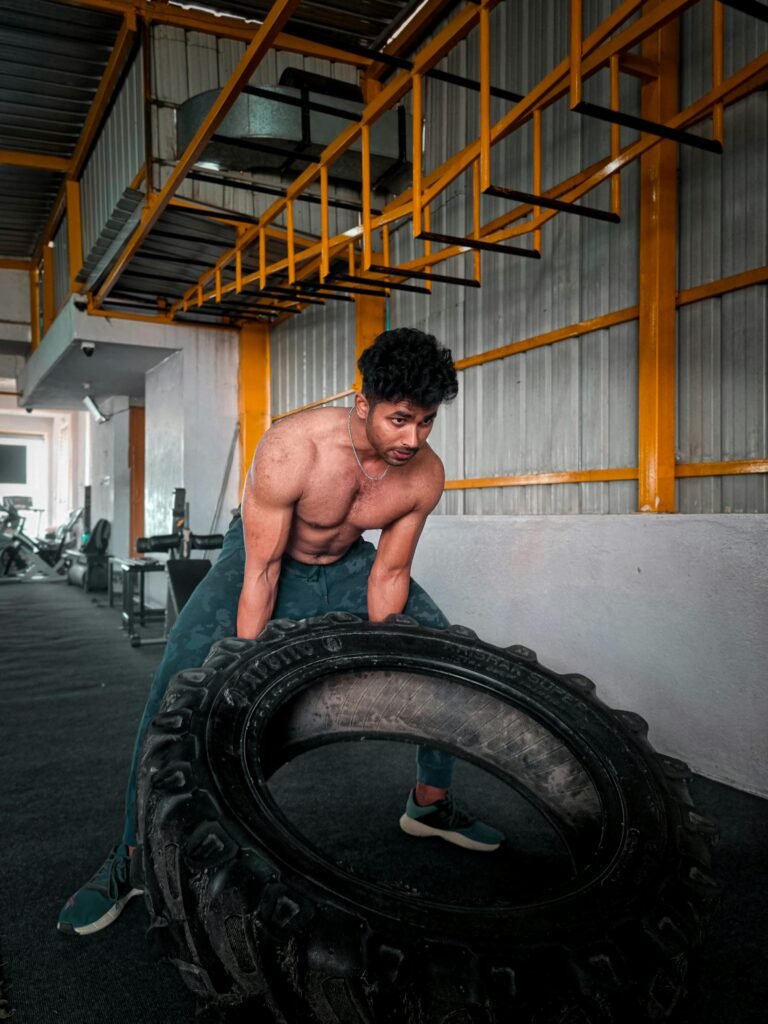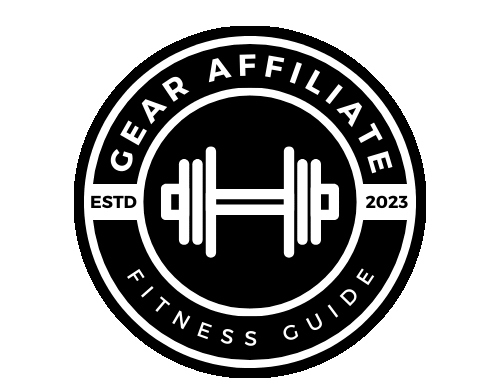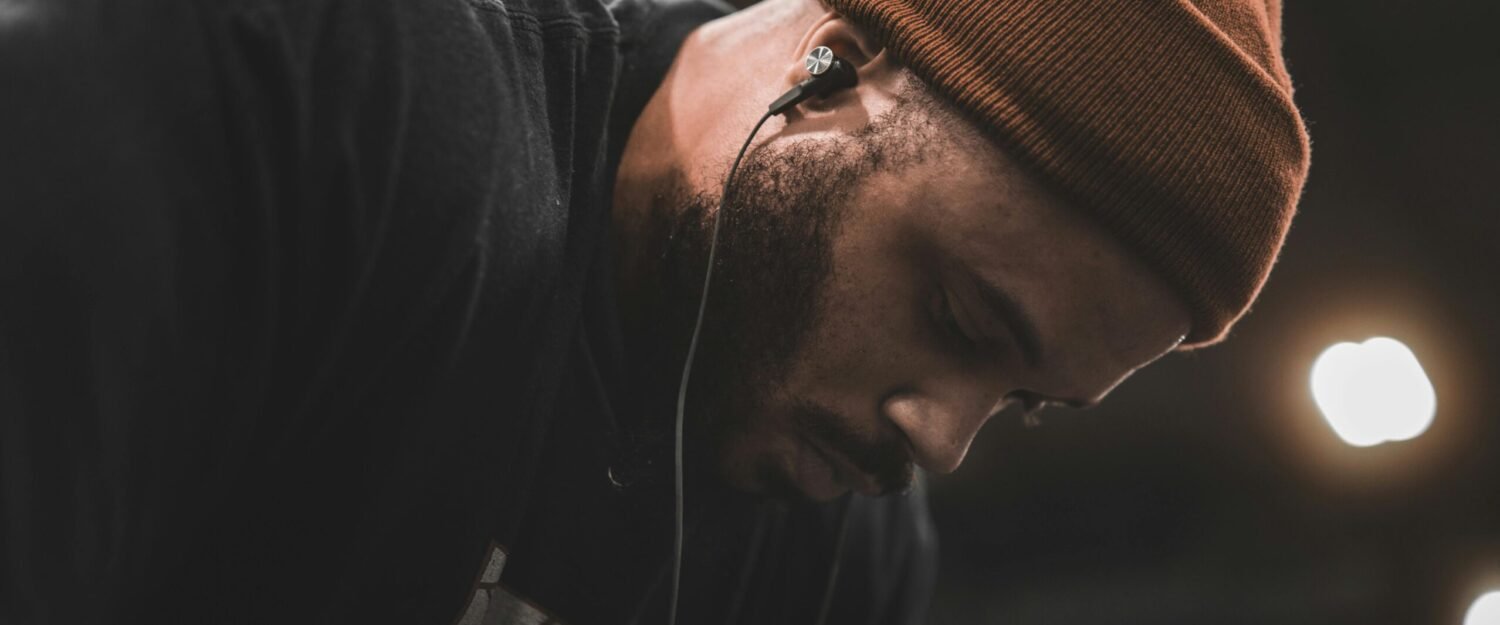
How Wrestlers Should Lift Weights
Build Functional Strength, Not Just Size
Introduction: Big Muscles Don’t Always Win Matches
Walk into a gym and you’ll see rows of machines, mirrors, and guys grinding out bicep curls. That might work if you’re chasing aesthetics—but if you’re a wrestler? You need more than muscle.
Training like a bodybuilder might make you look strong, but it won’t make you wrestle strong.
Wrestling demands power, endurance, speed, and grit. That means your training needs to match those demands. Hypertrophy-focused routines—like those seen in traditional bodybuilding—fall short when it comes to preparing your body for the grind of a match.
This post breaks down exactly why wrestlers should avoid bodybuilding-style programs—and what they should be doing instead.
What Bodybuilding Training Actually Emphasizes
Bodybuilding is all about:
- Muscle size (hypertrophy)
- Muscle isolation
- Symmetry and aesthetics
- Slow, controlled reps
- Training to failure or fatigue
Think about movements like:
- Seated curls
- Pec fly machines
- Leg extensions
- Cable crossovers
In bodybuilding, the focus is often on squeezing and pumping individual muscles—not moving athletically or explosively.
Why That Doesn’t Translate to Wrestling Performance
1. Wrestling Requires Full-Body, Explosive Movements
Bodybuilders isolate muscles—wrestlers integrate them.
In a match, you don’t need a huge chest to win. You need coordinated hips, legs, core, and upper body working together to drive through shots, fight off opponents, and explode off the mat.
Wrestling is about function over form.
Training like a bodybuilder slows you down and teaches your body to move in disconnected ways—exactly the opposite of what you need on the mat.
2. Wrestling Prioritizes Strength-to-Weight Ratio
A wrestler’s size means nothing if they can’t move it efficiently.
Adding 10 pounds of muscle might sound good—until it slows you down or pushes you into a tougher weight class. Wrestling is about leverage, not just mass.
Your goal should be to be strong for your weight, not just heavier for the sake of it.
Bodybuilding programs rarely account for this, but wrestling demands maximal output with minimal weight gain.
3. You Need Athletic Qualities Bodybuilding Ignores
Wrestlers need:
- Explosiveness
- Grip strength
- Rotational core strength
- Endurance
- Mobility
- Balance under resistance
Bodybuilding ignores most of these in favor of developing individual muscles. Think about it—when was the last time you saw a bodybuilder doing sled drags, partner carries, or kettlebell get-ups?
If your training isn’t building athletic capacity, it’s not helping you wrestle better.
Better Training Styles for Wrestlers
If bodybuilding isn’t the answer, what is?
Here are the principles that should guide your strength training:
1. Train Movements, Not Just Muscles
Use compound, athletic lifts that carry over to the mat:
- Deadlifts
- Trap bar jumps
- Weighted pull-ups
- Bulgarian split squats
- Rows, cleans, and carries
These movements build functional strength, not just size.
2. Focus on Power, Speed, and Endurance
Wrestlers should emphasize explosiveness and the ability to repeat efforts under fatigue.
Try incorporating:
- Olympic lifts (or simpler variations like hang cleans)
- Contrast training (e.g., heavy squat + jump)
- Battle ropes, sled pushes, and med ball slams
- High-rep grip training (fat grips, towels, rice buckets)
3. Maintain Mobility and Flexibility
Bodybuilding often leads to tight pecs, stiff hips, and reduced range of motion. That’s a disaster for a wrestler.
Prioritize:
- Daily mobility work (hip openers, thoracic spine drills)
- Dynamic warmups before lifting
- End-range strength (think deep goblet squats or Cossack squats)
4. Periodize for the Season
Wrestlers can’t lift the same way year-round.
- Off-season: Focus on strength and power development.
- Pre-season: Shift toward speed and endurance.
- In-season: Maintain strength with low volume, high-intensity lifts and active recovery.
A bodybuilding plan doesn’t periodize around a competitive season—it just pushes you toward perpetual soreness and burnout.
What Happens When Wrestlers Lift Like Bodybuilders?
Too often, wrestlers who train like bodybuilders end up:
- Gassing out in the third period
- Getting stiff and losing flexibility
- Dealing with shoulder and low back injuries
- Putting on unnecessary bulk
- Being strong in the gym—but not on the mat
That’s not the goal.
You want to be the kind of athlete who moves well, hits hard, and lasts longer than your opponent—not the guy who benches 300 but can’t sprawl in time.
Sample Wrestling-Focused Training Split (Off-Season)
Here’s a simplified weekly plan focused on strength, speed, and athleticism:
*Note: This Plan Is highly Genralized, And should be used for referrence*
| Day | Focus | Key Lifts/Work |
|---|---|---|
| Mon | Lower Body Power | Trap bar deadlifts, box jumps, lunges, sled drags |
| Tue | Upper Body Strength | Pull-ups, rows, overhead & bench press, weighted carries |
| Wed | Mobility + Conditioning | Mobility circuit, hill sprints, grip work |
| Thu | Dynamic Lower + Core | Power cleans, squat jumps, planks, med ball throws |
| Fri | Full-Body Strength | Deadlift variation, chin-ups, dips, sandbag work |
| Sat/Sun | Rest or light cardio | Active recovery, biking, stretching |
Final Thoughts: Train Like a Wrestler, Not a Bodybuilder
Wrestling isn’t about biceps—it’s about battles. Every practice tests your will, your lungs, your joints, and your heart. Your training should do the same.
Bodybuilding has its place—but if you’re chasing mat dominance, you need more than mirror muscles. Ditch the isolation work. Build strength that translates to performance.
Train to move better, compete harder, and stay healthier—not just to flex.
Written by Coach G
Built for wrestlers who train for more than just the mirror.
If you found this post to be helpful, then you may be interested in the rest of our blog page here.
At Gear Affiliate, we always want to give our readers more resources to research. Below are a few sources that we have found to be helpful relating to this topic.


